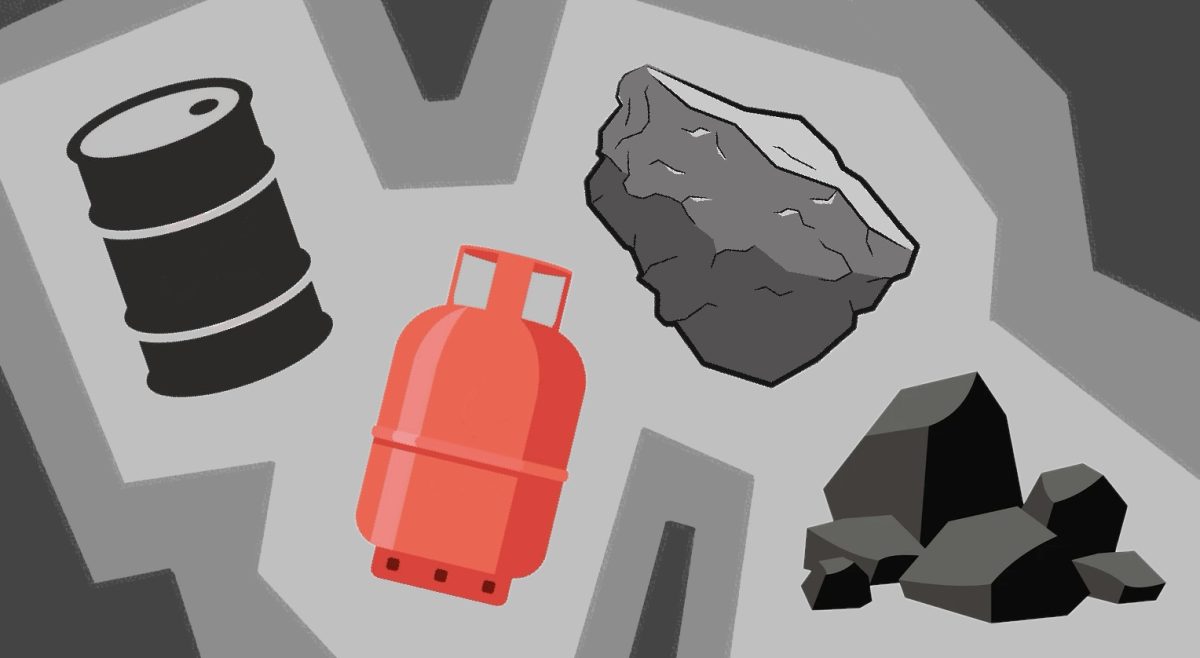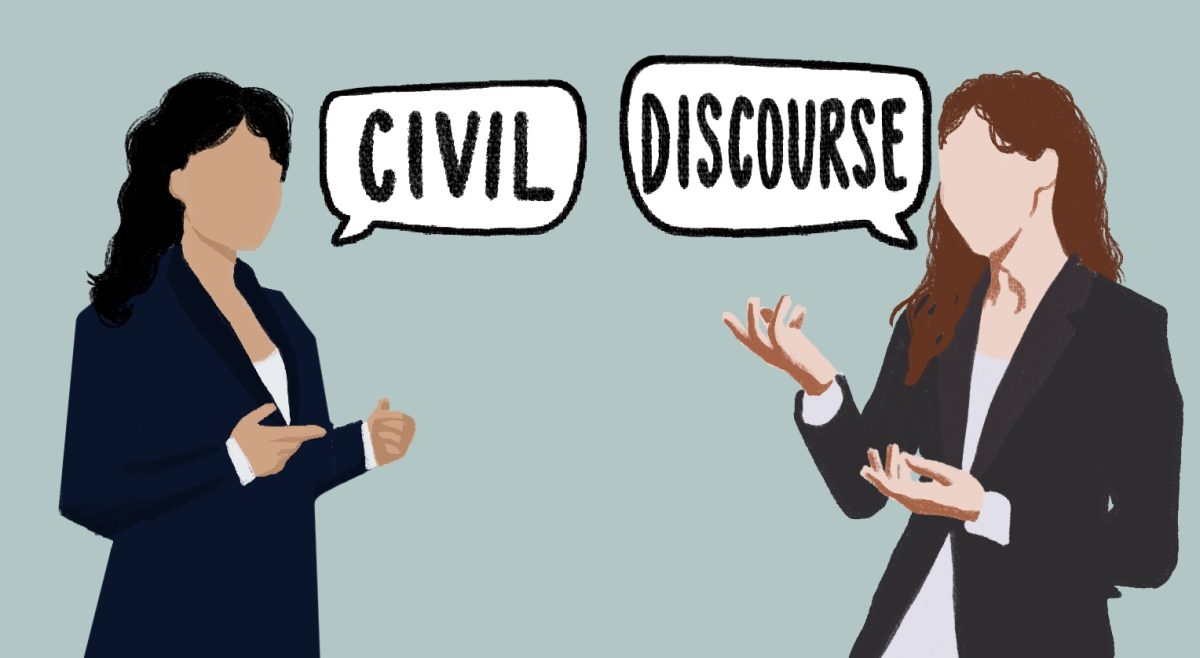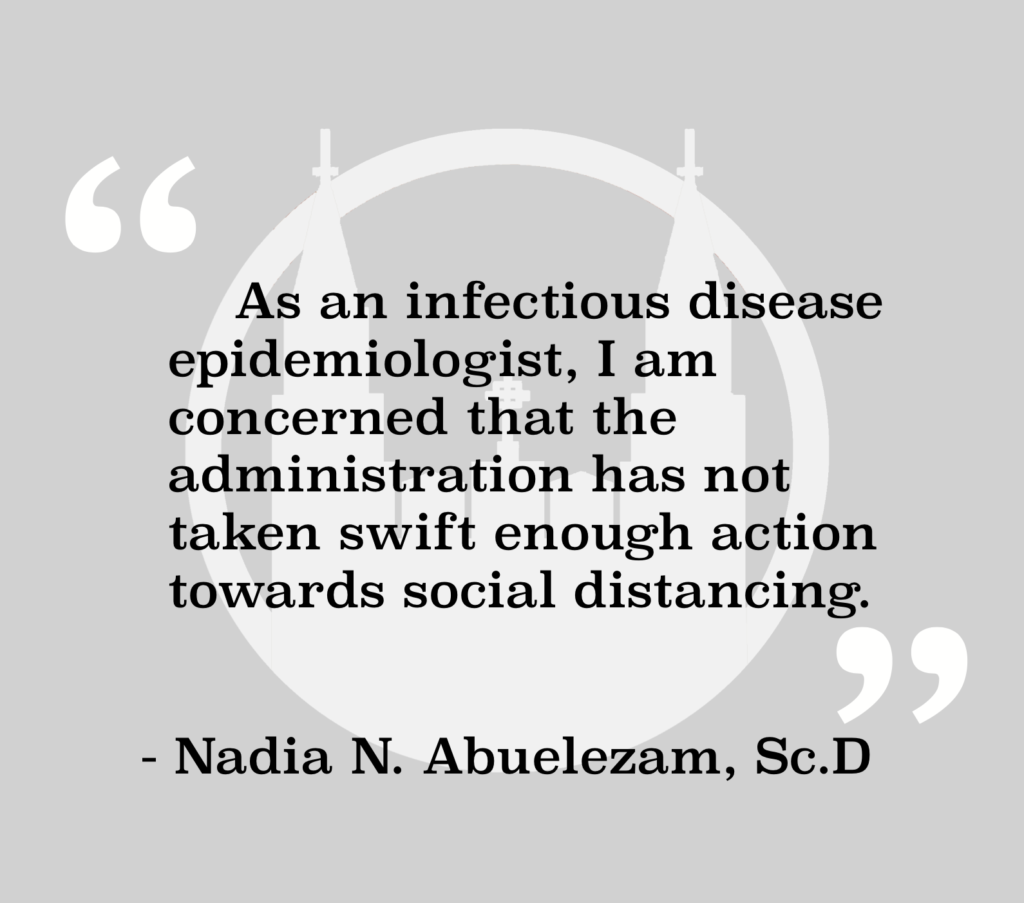The Madness is back.
How many brackets did you fill out? How much money do you have on the line? Every year the NCAA tournament draws countless viewers to an intense, mostly-heartbreaking month of college basketball—littered by millions of gambled away dollars, a decline in workplace productivity, and a network of exploited college athletes. It is time to stop counting the losses on our brackets, and begin focusing on the real losses caused by the money-driven organizations behind the tournament, the ones hidden under the mask of “Nonprofit.” According to John Oliver’s Last Week Tonight, the entire tournament brings in over $1 billion of TV ad revenue—that’s more than the Super Bowl. Keep in the mind that players receive none of this income, indicating that the universities, TV networks, and the NCAA are collecting this money. Yet the tournament is a direct product of the players’ athleticism and competitiveness, calling to question the legality of these organizations profiting off their students—Is this an infringement of personal rights? Exploitation of an unrecognized workforce?
Upon entering college, student-athletes must sign a form saying they are amateurs, giving up any compensation for competing and promising to abide by all NCAA rules. While players cannot be endorsed by outside companies or be paid salaries, the NCAA argues that players are recompensed with scholarships and the opportunity to receive an education at the nation’s top universities. Student-athletes are exactly what the name implies: students first, athletes second.
However, “Students first and athletes second” for the NCAA is a guise because (as seen in March) athletics are made a priority while academics are put on the wayside. During the tournament alone, top teams can miss up to three weeks of school if they make a run to the finals. Outside of the tournament, evidence of this backward prioritization appears during the college application process. At many schools, being “eligible” is often distorted for athletes, allowing student-athletes to be admitted into universities where they have no academic-belonging. This distortion is problematic because it is putting students in an environment where they are not meant to succeed. Such practices admit students into a demanding academic and athletic schedule, where one discipline must be compromised for the other. Yet student-athletes cannot afford to jeopardize athletics because, in doing so, they put their scholarship at risk.
Notably, student scholarships operate on a one-year basis. Each year the university can renew a player’s contract or terminate the offer. Let’s imagine a player takes his or her school to three national championships, potentially earning the university millions of dollars, whether that be through merchandising, name recognition or ticket sales. What happens, however, if the player is suddenly injured before his or her senior year? In response, the school can cut the injured player’s scholarship, potentially leaving the athlete unable to pay for the rest of his or her education. Without a degree from the university, the player’s hopes of a promising future are radically diminished. Hence the system exploits these players because they are not compensated (given the risk of injury) or paid for their performance.
Furthermore, less than two percent of college basketball and football players go professional, despite the demanding time commitment during their college years. Since athletics are championed above academics, schools fail to actually educate athletes in a way that benefits their career if they do not go pro. Athletes are forced to earn unconventional, “easy” majors. These course studies generally lack content and rigor, fraudulently diminishing the athletes’ skill set and workplace capabilities sought by employers after school. Student-athletes are immediately put at a disadvantage against their classmates and thus the decision to participate in college athletics becomes that much more consequential.
While it seems a vast majority of college athletes are disadvantaged, few organizations enjoy (and possibly facilitate) the exploitation of students (after all, $1 billion in TV ad revenue does sound nice). Despite being considered a nonprofit, the NCAA and its top NCAA officials are making millions of dollars alongside coaches and universities. For example, the president of the NCAA, Mark Emmert, earns over $1.7 million annually (a number dwarfed by the salary of big-time college coaches). The NCAA argues that very few universities turn a profit from their athletic programs. Yet oftentimes schools, to maintain nonprofit status, will alter the system to generate more expenditures (thus increasing losses). Schools will buy opulent new facilities or give coaches million-dollar bonuses to operate at a loss—essentially doing everything but paying the players. Additionally, coaches can accept “endorsements or consultation contracts with athletic shoe, apparel, or equipment manufacturers,” the according to NCAA handbook. Is it too much to ask that these over-the-top expenditures, bubbling coaches’ paychecks, or even the NCAA officials’ salaries are partially sacrificed on behalf of the students?
I understand that if you pay student-athletes then the entire structure of college sports will ultimately change to reflect professional sports. The whole idea and feel of college athletics is radically lost because students are no longer playing for their school. Yet players should be allowed to have their own rights—the privilege to sign autographs and receive money for their image and likeness, whether that be in the sale of their jerseys or depiction in video games. Perhaps the system can be readjusted so that players are not necessarily given a salary but rather other forms of income. What if student-athletes were guaranteed additional schooling once their athletic careers ended? I am not saying that every student-athlete should be paid or that we should eliminate their amateur status, but college athletics are undoubtedly exploitative and need to be changed. If anything, the whole system seems to be nothing more than a busted bracket.
Featured Image by Breck Wills / Heights Graphics


















